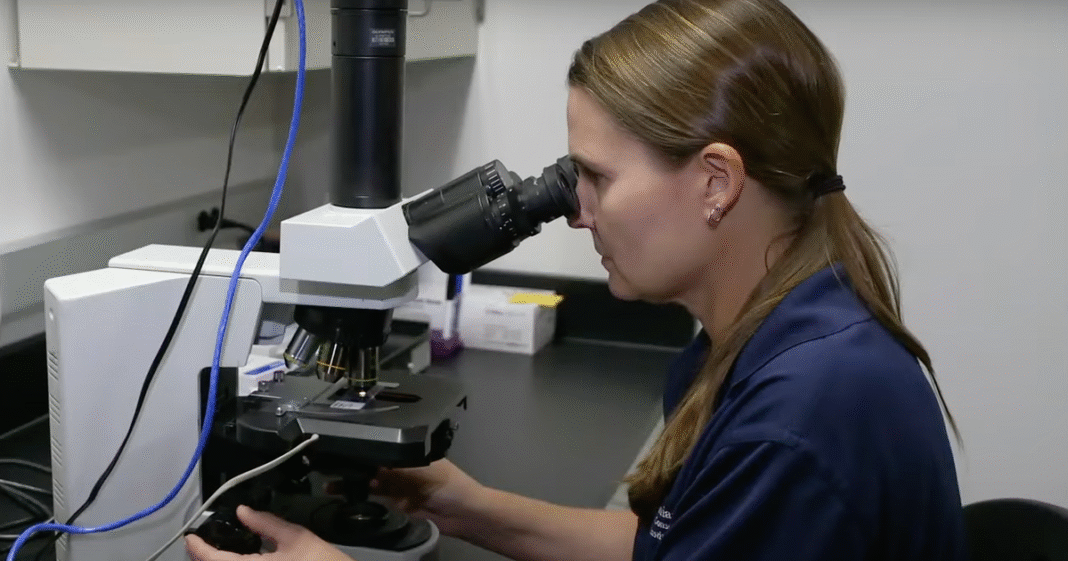The animals that live on the Smithsonian Conservation Biology Institute’s sprawling 32,000 acres in Northern Virginia are connected by one thing: the threat of extinction.
Tucked away in the foothills of the Blue Ridge Mountains, more than 20 species at risk of extinction, including Mongolia’s Przewalski’s horse, which disappeared from the wild at the end of the 1960s, live on the institute’s grounds. There are red pandas, maned wolves, and clouded leopards, to name a few more.
The institute studies a species’ reproduction, ecology, genetics, migration, and conservation sustainability, with the ultimate goals of saving wildlife from extinction and training future conservationalists. In certain cases, the scientists are responsible for breeding and reintroducing them to their habitats.
But those who work to conserve these species and remove them from the endangered species list are still concerned with the rate at which species are vanishing.
“We’re seeing species disappearing at 10, 100, to 1000 times the normal background rate,” SCBI conservation biologist Melissa Songer told CBS News.
The International Union for Conservation of Nature warned in early 2025 that 28%, or more than 47,000, of the world’s assessed species are at risk of extinction. That number includes more than just animal species, showing crucial insect, plant and tree species are also threatened.
“So we think, okay, well, we’re losing the species here and there, you know, there’s a lot of other species,” Songer says, “but the thing is, that when we lose one species, it has cascading effects.”
A great example of this effect is with the black-footed ferret, which originally inhabited the North American Great Plains but has been endangered since 1967.
While the species remains on the endangered list, its population has grown since preservation efforts began at the Institute.
“Every animal in the ecosystem is important for that ecosystem,” says Adrienne Crosier, a cheetah biologist at SCBI, “they all have a really important role to play.”
When it comes to the black-footed ferret, Crosier says they are “a mix of predator and prey for other larger carnivores,” meaning that other animals are left without a food source in the ferret’s absence.
“Anytime you take a species completely out of the ecosystem, you cause an imbalance in that ecosystem,” Crosier says.
Crosier’s team is currently caring for approximately 60 ferret kits, which will be released into the Colorado wild in the Fall.
“Whenever we have offspring born, I feel like we did our job,” Crosier says with a smile.



